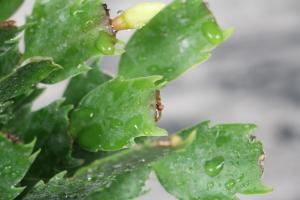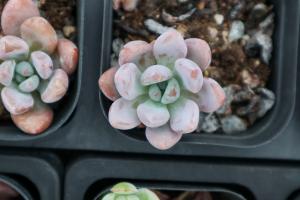How to Transfer Potted Plants to Beds
If you’re growing plants in pots and decide to transfer them to garden beds, you can easily do so with some preparation and patience. Planting in the ground requires a different approach than planting in pots, and there are a few key factors to consider before making the transfer. Here’s how to transfer potted plants to beds.
Gather your supplies
You’ll need a few basic gardening supplies to transfer potted plants to beds. These include a shovel, garden fork, garden gloves, organic fertilizer, and a watering can. It’s also a good idea to have a tarp or plastic sheet on hand to place the pot on before you begin.
Choose the right time
The best time to transfer potted plants to beds is during the cooler months of the year, such as fall or spring. This is because the cooler temperatures will allow the plants to adjust and establish better. Avoid doing the transfer during the hot summer months, as the stress from the heat can be too much for the plants to handle.
Prepare the garden bed
Before you transfer your potted plants to the garden bed, you need to make sure the bed is ready for them. Start by removing any weeds, rocks, or debris that might hinder plant growth. Then, use your garden fork or shovel to loosen the soil to a depth of at least 6 inches. Add organic fertilizer to the top of the soil and work it in with your fork or shovel until it’s well-mixed with the soil.
Water the plants
A day or two before you transfer your potted plants to the garden bed, make sure to water them well. This will help the plants retain moisture and reduce the shock of being transplanted. Once you’re ready to transfer the plants, gently remove them from their pots and place them on the plastic sheet or tarp.
Transplanting the plants
Gently loosen the roots of the plant using your fingers or a garden fork. This will help the roots take hold in the new soil. Then, dig a hole in the garden bed that’s slightly larger than the size of the plant’s root ball. Place the plant in the hole and fill in the soil around it, pressing the soil gently to remove any air pockets.
Water the new plants
After you’ve planted your potted plants in the garden bed, water them deeply to help them settle into their new home. Keep the soil moist but not soaking wet for the first few weeks after transplanting to help the plants establish themselves.
Monitor the plants
Check your plants regularly after you’ve transferred them to the garden bed. Look for signs of stress, such as wilting or yellowing leaves, and adjust your watering or fertilizing practices accordingly. With proper care, the plants will grow and thrive in their new environment.
Conclusion
Transferring potted plants to beds can seem intimidating, but with the right preparation and care, it’s a relatively simple process. Remember to choose the right time, prepare the soil, and monitor your plants carefully. By following these steps, you’ll give your potted plants the best chance to thrive in their new home.

 how many times do yo...
how many times do yo... how many planted tre...
how many planted tre... how many pine trees ...
how many pine trees ... how many pecan trees...
how many pecan trees... how many plants comp...
how many plants comp... how many plants can ...
how many plants can ... how many plants and ...
how many plants and ... how many pepper plan...
how many pepper plan...
































